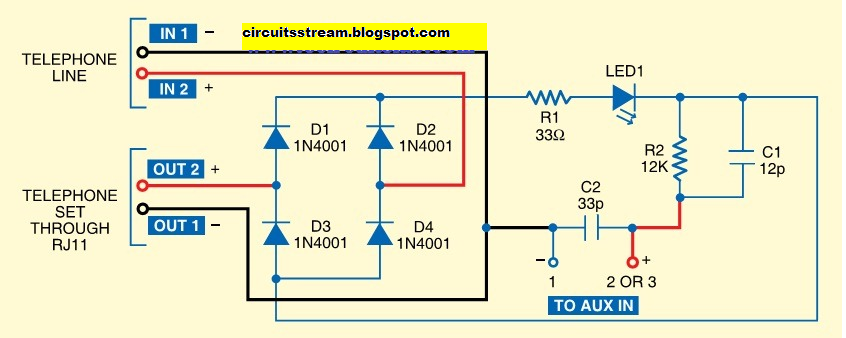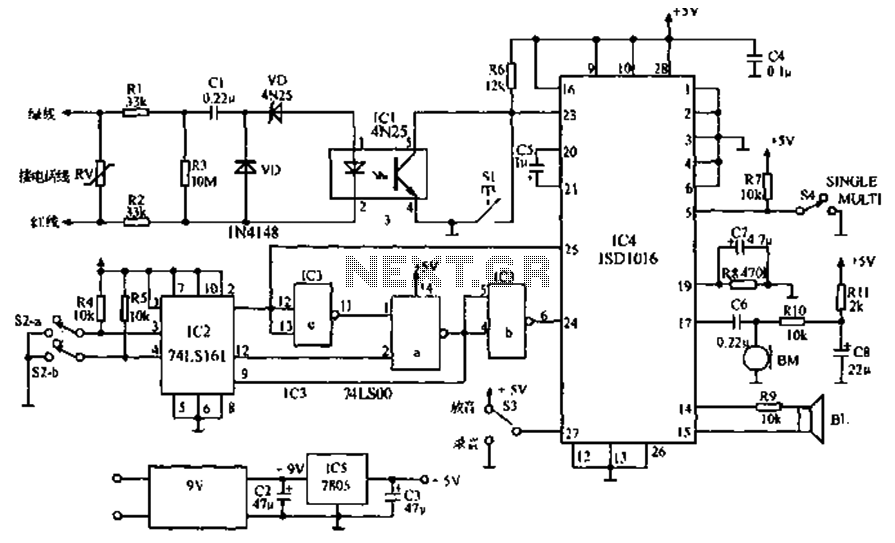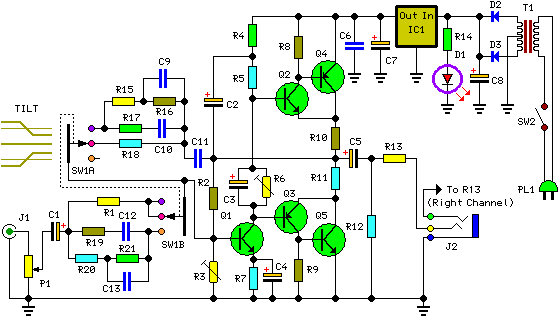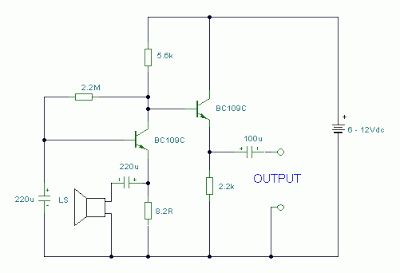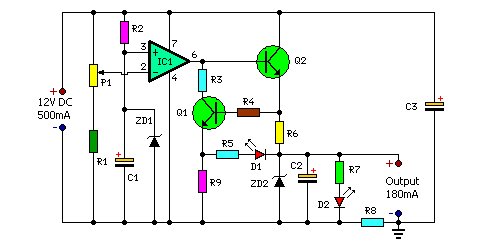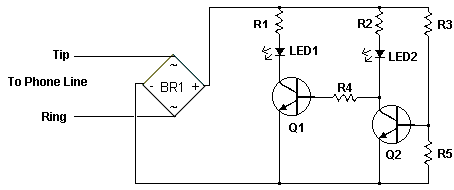
Cordless Phone Backup
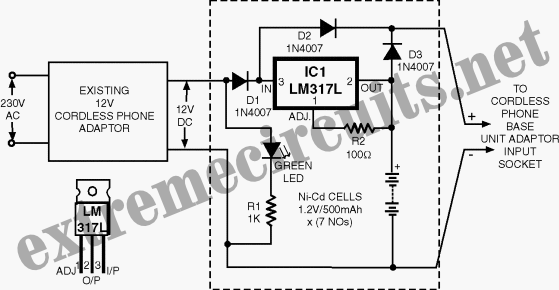
Typically, the base of a cordless phone is equipped with an adaptor, while the handset operates using Ni-Cd cells. In the event of a power failure, the base unit becomes inoperative. To address this issue, it is advisable to implement an external backup using Ni-Cd cells. A straightforward power supply backup circuit can be utilized with cordless phones such as the SANYO CLT-420 or similar models. The operation is uncomplicated. When AC mains power is available, the Ni-Cd cells are charged through an IC LM317L configured as a current source. During this time, diode D3 remains reverse-biased, preventing the Ni-Cd cells from connecting to the positive rail. When the AC mains supply is interrupted, the Ni-Cd cells deliver power to the cordless phone's base unit via diode D3. A green LED serves to indicate the presence of AC mains power. The cost of each Ni-Cd cell is approximately Rs 34, and the total expense for the backup unit, including the enclosure and cells, is estimated to be under Rs 300. Therefore, the circuit represents a worthwhile investment.
The described backup circuit for cordless phones incorporates several key components to ensure reliable operation during power outages. The primary component, the LM317L integrated circuit, functions as a voltage regulator and is configured to operate as a constant current source. This configuration is critical for safely charging the Ni-Cd cells without exceeding their maximum charging current, which could lead to overheating or damage.
Diode D3 plays an essential role in the circuit by preventing backflow of current when the AC mains power is available. Its reverse-biased state during normal operation ensures that the Ni-Cd cells remain isolated from the positive rail, allowing them to charge effectively. Upon loss of AC power, D3 becomes forward-biased, allowing the stored energy in the Ni-Cd cells to flow into the base unit of the cordless phone, thus providing necessary backup power.
The inclusion of a green LED indicator provides a visual cue for users, confirming that the AC mains power is present and that the charging circuit is functioning correctly. This feature enhances user experience by providing immediate feedback regarding the operational status of the power supply system.
The use of Ni-Cd cells is beneficial due to their ability to provide a reliable power source with relatively low costs. The estimate of Rs 34 per cell and a total cost of under Rs 300 for the entire backup unit makes this solution economically viable for users seeking to enhance the reliability of their cordless phone systems. Overall, this backup circuit design is a practical and cost-effective solution for ensuring uninterrupted operation of cordless phones during power interruptions.Normally the base of a cordless phone has an adaptor and the handset has Ni-Cd cells for its operation. The base unit becomes in-operative in case of power failure. Under such conditions, it is better to provide a backup using Ni-Cd cells externally. Here is a simple power supply back-up circuit which can be used with cordless phone SANYO CLT-420 or similar sets. The working is simple. When AC mains is present, Ni-Cd cel ls are charged through IC LM317L, which is wired as a current source. Also, diode D3 is reverse-biased, which keeps Ni-Cd cells isolated from positive rail. When AC mains goes off, the Ni-Cd cells provide supply to the cordless phone base unit through diode D3.
A green LED is used to indicate the presence of AC mains. Each Ni-Cd cell costs around Rs 34, and the cost of the backup unit, including the box and cells, would not exceed Rs 300. Hence the circuit is well worth the investment. 🔗 External reference
The described backup circuit for cordless phones incorporates several key components to ensure reliable operation during power outages. The primary component, the LM317L integrated circuit, functions as a voltage regulator and is configured to operate as a constant current source. This configuration is critical for safely charging the Ni-Cd cells without exceeding their maximum charging current, which could lead to overheating or damage.
Diode D3 plays an essential role in the circuit by preventing backflow of current when the AC mains power is available. Its reverse-biased state during normal operation ensures that the Ni-Cd cells remain isolated from the positive rail, allowing them to charge effectively. Upon loss of AC power, D3 becomes forward-biased, allowing the stored energy in the Ni-Cd cells to flow into the base unit of the cordless phone, thus providing necessary backup power.
The inclusion of a green LED indicator provides a visual cue for users, confirming that the AC mains power is present and that the charging circuit is functioning correctly. This feature enhances user experience by providing immediate feedback regarding the operational status of the power supply system.
The use of Ni-Cd cells is beneficial due to their ability to provide a reliable power source with relatively low costs. The estimate of Rs 34 per cell and a total cost of under Rs 300 for the entire backup unit makes this solution economically viable for users seeking to enhance the reliability of their cordless phone systems. Overall, this backup circuit design is a practical and cost-effective solution for ensuring uninterrupted operation of cordless phones during power interruptions.Normally the base of a cordless phone has an adaptor and the handset has Ni-Cd cells for its operation. The base unit becomes in-operative in case of power failure. Under such conditions, it is better to provide a backup using Ni-Cd cells externally. Here is a simple power supply back-up circuit which can be used with cordless phone SANYO CLT-420 or similar sets. The working is simple. When AC mains is present, Ni-Cd cel ls are charged through IC LM317L, which is wired as a current source. Also, diode D3 is reverse-biased, which keeps Ni-Cd cells isolated from positive rail. When AC mains goes off, the Ni-Cd cells provide supply to the cordless phone base unit through diode D3.
A green LED is used to indicate the presence of AC mains. Each Ni-Cd cell costs around Rs 34, and the cost of the backup unit, including the box and cells, would not exceed Rs 300. Hence the circuit is well worth the investment. 🔗 External reference
